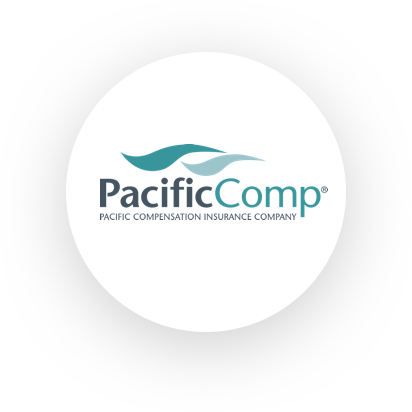In 2010, Pacific Compensation Insurance Company (PacificComp) fundamentally changed its business model from direct sales to utilizing insurance brokers. This required a major systems overhaul and posed substantial integration challenges. Pacific Comp chose Anypoint Platform™ to integrate their policy management, billing management and other systems and facilitate the re-launch of the company with its new business model. The result has been faster time to delivery, better support for heterogeneous environments, and modernized infrastructure with minimal disruption.
Challenge
PacificComp, responding to the demands of an increasingly competitive workers’ compensation insurance marketplace in California, decided to significantly change its business model.
As is the case with all businesses, access to markets is what makes a company successful – and it was time for Pacific Compensation to partner with insurance brokers to strategically provide more and better opportunities for California’s employers.
Moving from a direct marketing approach to partnering with brokers required a major systems overhaul and posed substantial integration challenges. PacificComp chose Anypoint Platform to integrate their policy management, billing management, and other systems to support its business initiatives.
Solution
The overall goal of PacificComp’s business initiatives was to decrease costs and increase ease of use for both underwriters and their broker partners. This became the mandate for the architecture PacificComp’s technical team was tasked to build. As much as possible PacificComp chose to invest in software as a service (SaaS) applications as these allowed the company to increase and decrease its usage as the market dictated. However, they also had several existing systems so it was necessary to integrate both current and new systems, whether cloud or on-premise.
As part of its investment in new systems, PacificComp made a conscious decision to adopt a model for their software architecture that would not only meet current needs but would also allow them to respond efficiently to both its business growth and to new advances in technology. The main systems they employ are First Best for Underwriting Management, DCo for Policy Management, Guidewire for claims handling applications, STG Billing for billing management and SpringCM for document and workflow management. Some, like DCo, were existing choices, whereas others like STG Billing were employed as part of the new business model. All components would need to be; integrated as part of the architecture. According to Joe Cardenas, CIO of PacificComp: “Our overall environment involves both current and totally new systems. Because we were looking at almost a new company from a systems standpoint, we had the opportunity to do something very leading edge. The key to our initiatives was to find the right architecture for this.”
As part of the ramping up to make this integration model a reality, PacificComp hired Erich Leipold (evolsolutions LLC) as a contract architect. “The first thing we had to do was select an integration platform. While some point-to-point integrations had already been implemented, we found them difficult to manage for flexible and scalable environments” said Leipold. “We therefore decided utilizing an enterprise service bus was the right architecture for our needs.”
From an architectural perspective, PacificComp used substantial numbers of SaaS applications. “We decided the best architecture for our needs actually involved two Mule instances: a public and private instance. This provided appropriate security models for both external and internal Mule ‘users’” said Leipold.
Using Anypoint Platform, PacificComp began implementing the most critical and time-sensitive use cases required for their 2010 re-launch. First amongst these was integration between DCo, a policy management application for the AS/400 platform that managed all PacificComp policies, and STG billing, a billing application offered by MajescoMastek.
With the integration between policy management and billing in place, the most critical blocker to PacificComp’s re-launch was removed. However, the company also had several other needs that Anypoint Platform was well suited to solve. For example, they chose to use SpringCM as their enterprise content management system and Anypoint Platform provided a platform to integrate this with a number of internal applications that processed documents involved in the day-to-day operation of the insurance company.
Given the large number of documents printed daily in the insurance business as well as the substantial call volume, PacificComp also developed several smaller applications. The first of these printed groups of files delivered to PacificComp from STG billing as part of their billing workflow. A second logged calls to a database. Still others moved data between SQL databases, AS/400 databases and file shares as needed.
With their key systems integrated, PacificComp successfully re-launched their business via an insurance broker sales model in 2010. PacificComp’s success, however, doesn’t end there. As new integrations are developed, Anypoint Platform will continue to provide a single integration framework throughout the enterprise.
“Anypoint Platform provided immediate value to Pacific Compensation Insurance Company by enabling our critical business transition. However, it also proved robust enough to meet our future needs and easy enough to learn to accommodate all of our developers. We’re very happy we decided to choose Anypoint Platform” said Leipold.





